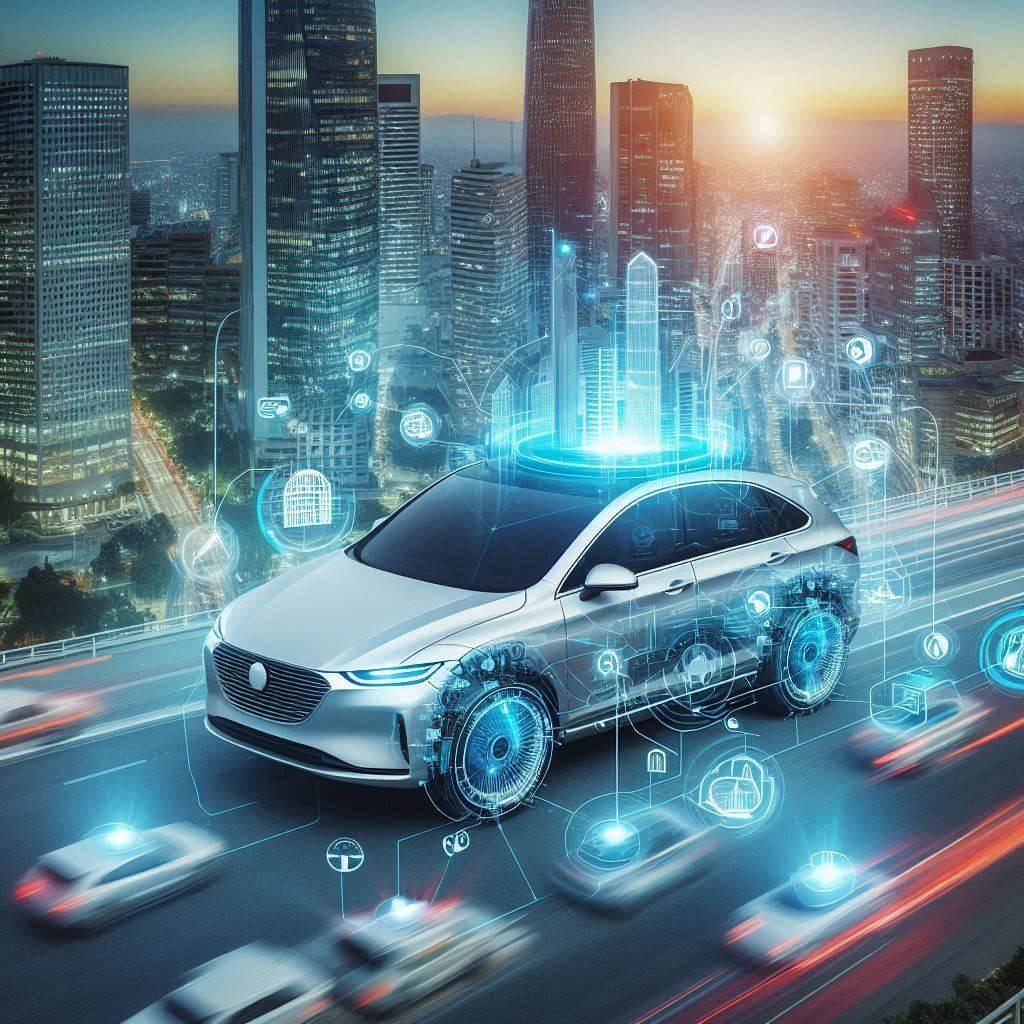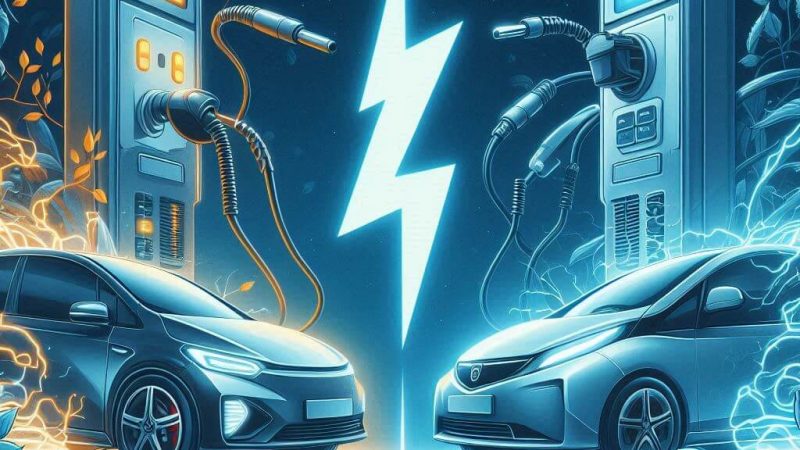The Future of Driving: Exploring Autonomous Vehicles

The horizon of modern transportation is being shaped by a monumental shift—the rise of autonomous vehicles (AVs). With the convergence of artificial intelligence, robotics, and cutting-edge sensor technologies, AVs promise to revolutionize our approach to commuting, logistics, and urban planning. As we stand on the brink of this transformative era, the potential benefits, challenges, and implications of self-driving cars command a closer examination.
Contents
Understanding Autonomous Vehicles
Autonomous vehicles, often referred to as self-driving cars, are equipped with technology enabling them to navigate and operate without human intervention. Leveraging a complex suite of sensors, cameras, radar, and artificial intelligence, these vehicles perceive their surroundings and make decisions in real-time. The Society of Automotive Engineers (SAE) classifies vehicle autonomy into six levels, ranging from Level 0 (no automation) to Level 5 (fully autonomous).
At Level 5, the vehicle can handle all driving tasks in all environments, requiring no human intervention at all. The development of such advanced systems is driving significant investments from automakers, tech giants, and startups alike.
The Road Ahead: Current Developments
As we look at the landscape of autonomous vehicles, several key players are leading the charge:
- Automakers: Major automotive manufacturers like Tesla, Ford, and GM are aggressively pursuing self-driving technology. Tesla’s Autopilot offers semi-autonomous features, while GM’s Cruise and Ford’s Argo AI are refining their fully autonomous capabilities.
- Tech Giants: Companies such as Google (Waymo), Apple, and Amazon are exploring innovative approaches to autonomous driving. Waymo, in particular, has been at the forefront, testing its self-driving taxis in cities like Phoenix, Arizona.
- Startups: A plethora of startups focus on different facets of autonomous driving, from software development (e.g., Aurora) to vehicle engineering (e.g., Nuro), targeting niche markets like last-mile delivery.
- Policy and Regulation: Governments worldwide are formulating policies and regulations to manage the deployment of AVs. Various pilot programs are being conducted to assess safety, insurance, and ethical considerations.
Benefits of Autonomous Vehicles
The promise of autonomous vehicles extends far beyond luxury or technological novelty. Here are some major potential benefits:
- Safety Improvements. Traffic accidents are one of the leading causes of injury and death globally. According to the National Highway Traffic Safety Administration (NHTSA), over 90% of accidents stem from human error. Autonomous vehicles have the potential to significantly reduce these incidents through advanced safety systems that can react faster than human drivers, minimize distractions, and adhere strictly to traffic laws.
- Increased Mobility. AVs offer the promise of increased mobility for individuals unable to drive, such as the elderly or disabled. By providing an accessible transportation option, autonomous vehicles could enhance independence and open up social and economic opportunities for these populations.
- Reduced Traffic Congestion. The integration of autonomous vehicles into traffic systems could alleviate congestion by optimizing traffic flow and reducing bottlenecks. AVs are designed to communicate with one another and traffic infrastructure, enabling smoother transitions at intersections and improved lane management.
- Environmental Benefits. By promoting more efficient driving patterns, AVs could contribute to reduced fuel consumption and lower greenhouse gas emissions. Electric AVs, in particular, present an opportunity to further decrease the environmental footprint of personal transportation.
- Reimagined Urban Spaces. With widespread adoption of autonomous vehicles, city designs could radically transform. Parking needs could be diminished as AVs can drop off passengers and park themselves in remote locations, freeing up valuable urban land for green spaces, pedestrian paths, or cycling lanes.
Challenges Ahead
Despite the shining promise of autonomous vehicles, significant challenges must be addressed before they become commonplace.
- Technological Limitations. Current AV technology faces difficulties in complex driving environments—such as adverse weather conditions. Sensor technologies, though advancing, must improve to ensure reliable performance under a range of circumstances.
- Legal and Ethical Concerns. Autonomous vehicles pose numerous legal dilemmas. Questions arise around liability in the event of an accident: should the blame lie with the manufacturer, software developer, or the vehicle itself? Additionally, ethical dilemmas must be navigated, such as decision-making protocols in unavoidable accident scenarios.
- Public Acceptance. Widespread adoption of AVs hinges on public trust. High-profile accidents involving autonomous vehicles, even if statistically infrequent, can have a significant impact on perception and acceptance. Comprehensive public education campaigns and transparency around safety technologies will be essential for building consumer confidence.
- Infrastructure Investment. To fully realize the potential of autonomous vehicles, cities need to invest in upgraded infrastructure. This includes smart traffic signals, vehicle-to-infrastructure communication systems, and dedicated lanes for AVs. The costs and logistics of such upgrades present significant hurdles.
- Job Displacement. The shift to autonomous vehicles could displace millions of jobs, especially in driving roles. The transition will require strategic planning and workforce retraining initiatives to address potential economic impacts.
The Path Forward
In recognizing both the promise and challenges of autonomous vehicles, a multi-disciplinary approach is essential. Collaboration among technologists, policymakers, urban planners, and ethicists will not only optimize vehicle technology but also ensure that the societal implications are carefully considered and addressed.
As we continue to explore this transformative frontier, public engagement and adaptability will play critical roles. The embrace of autonomous vehicles may redefine personal mobility in unprecedented ways, but only with careful planning and thoughtful integration into our existing transport systems.
Ultimately, the future of driving is not merely about automation; it’s about reshaping how we think about movement, community, and responsibility. As advancements in technology continue to accelerate, autonomous vehicles may well become an integral part of our daily lives, paving the way for more sustainable, safer, and connected urban environments. The journey to this future may still have its road bumps, but with innovation, collaboration, and continued dialogue, the path ahead looks promising.


